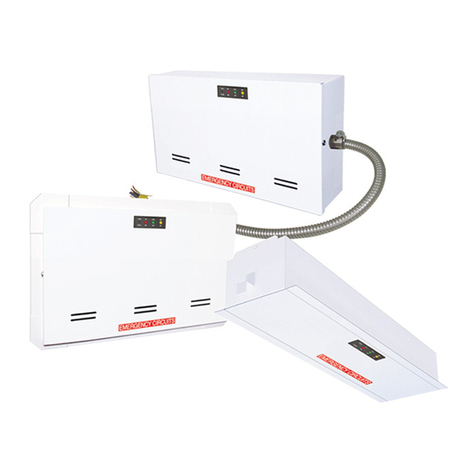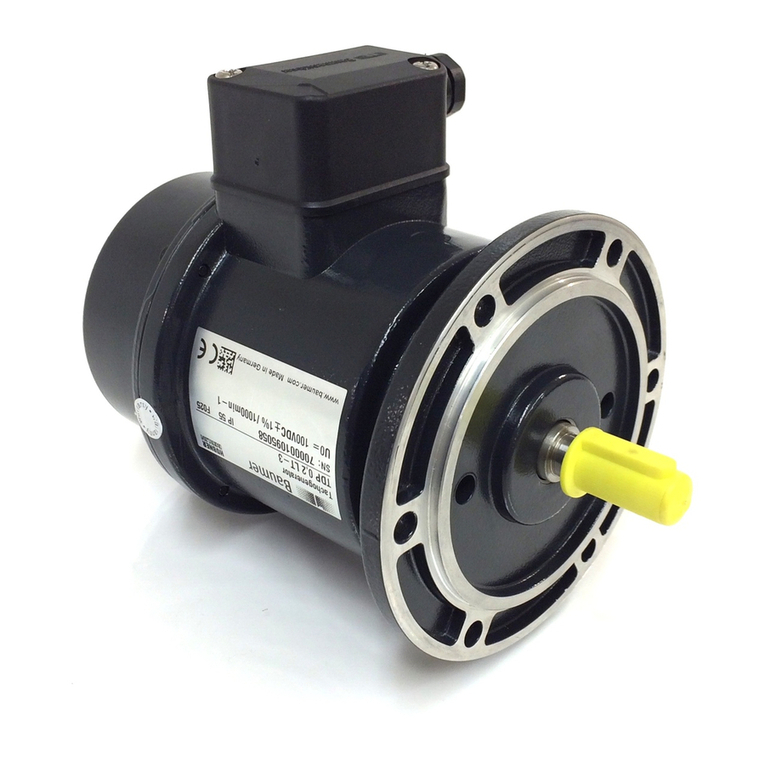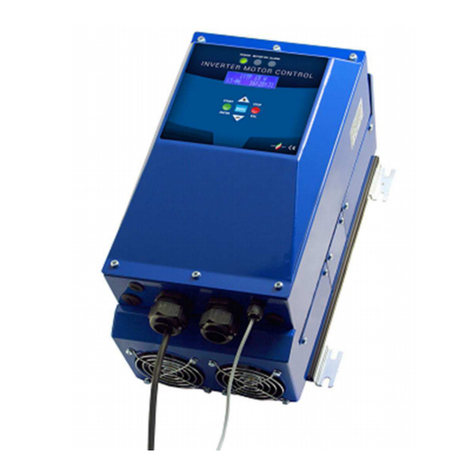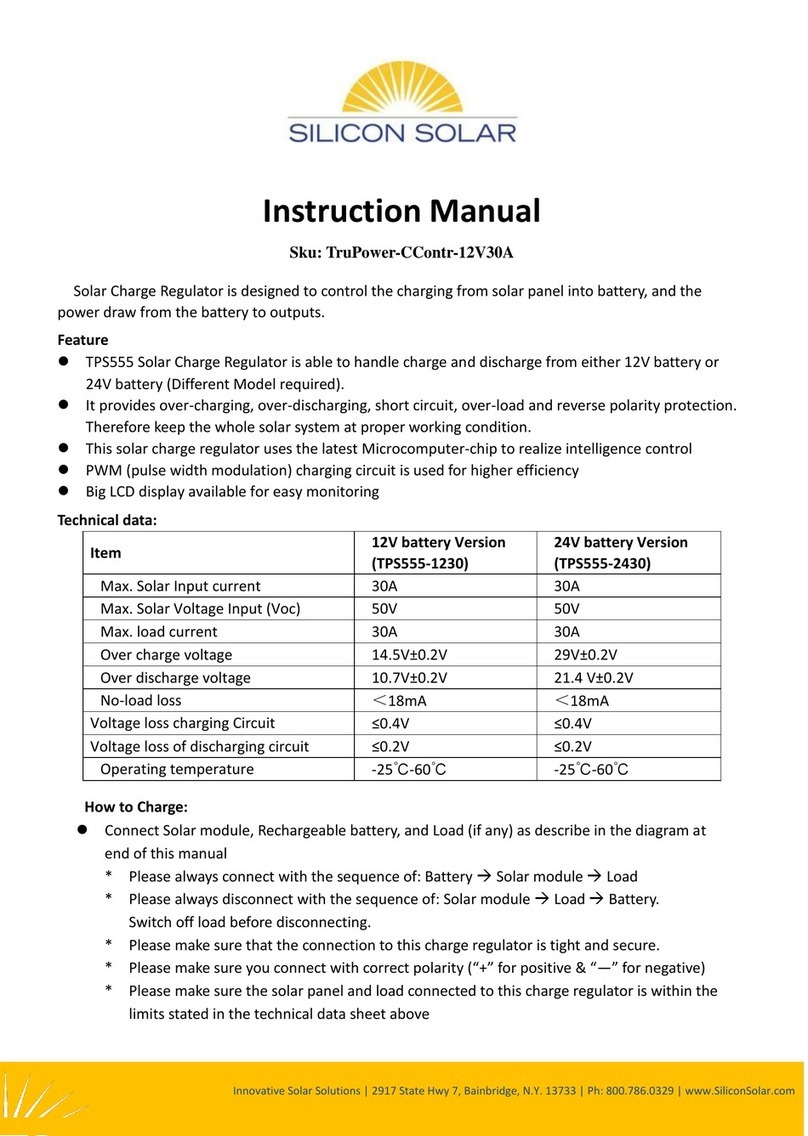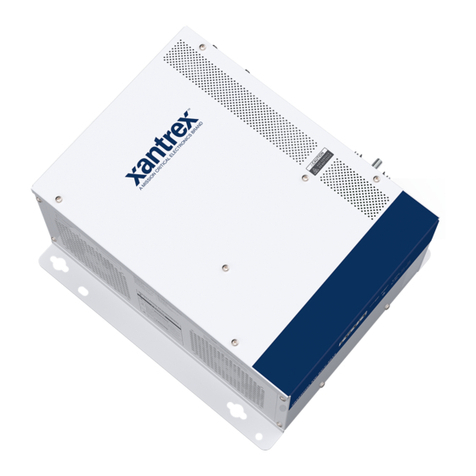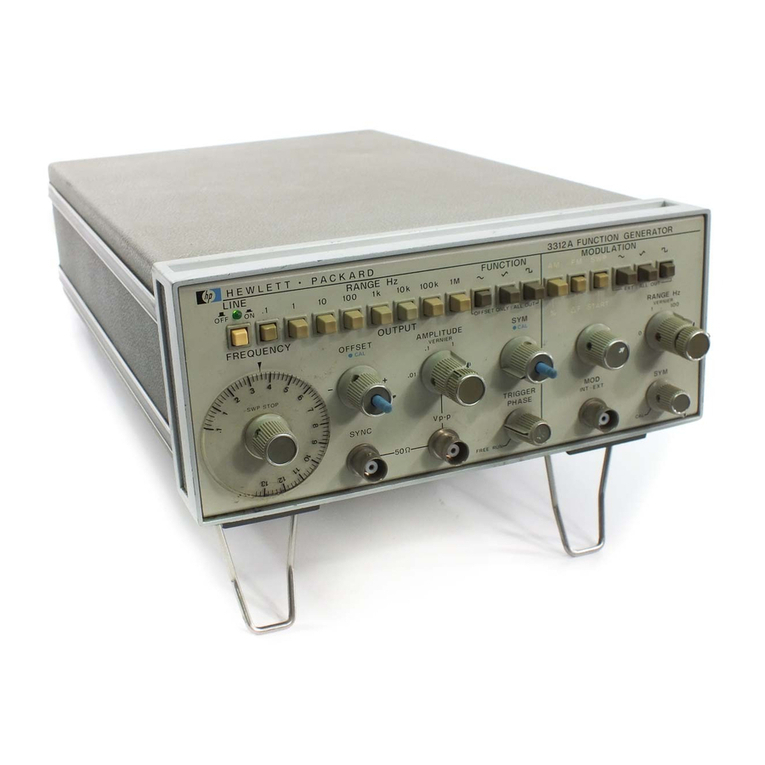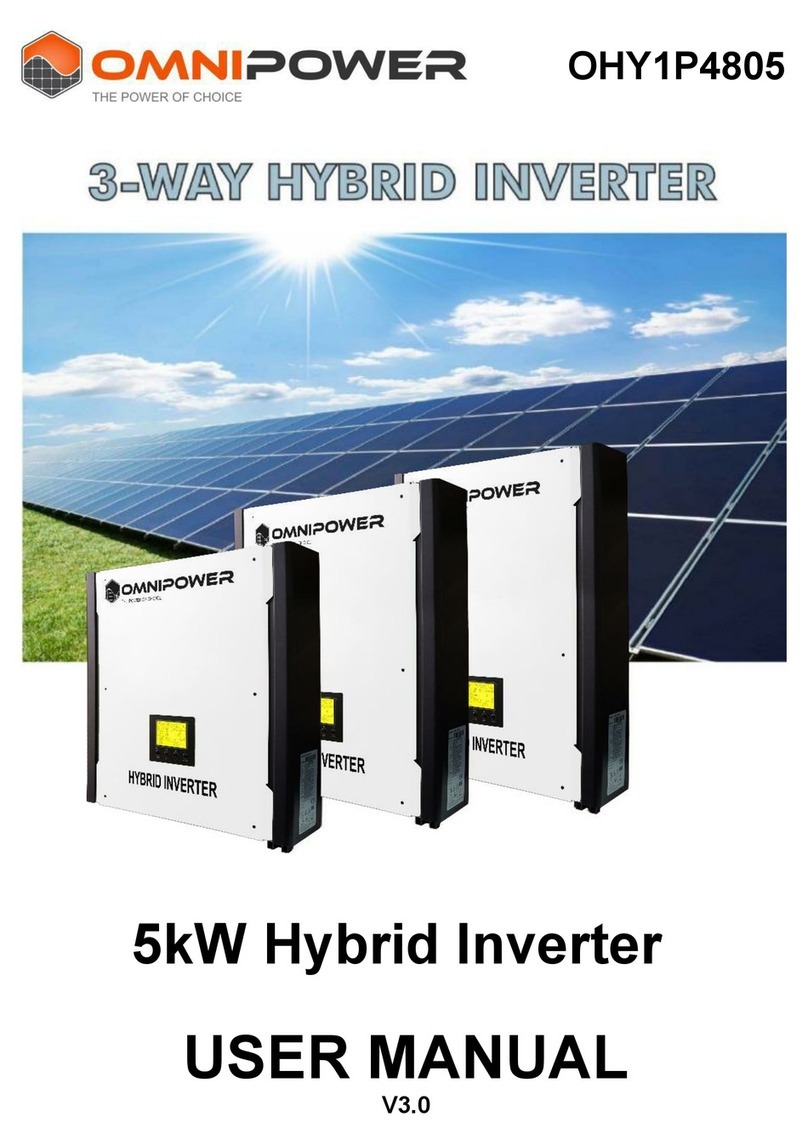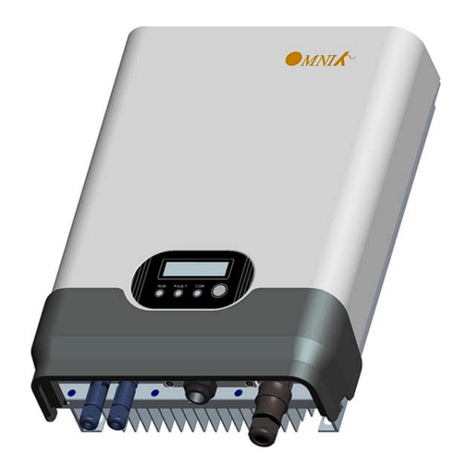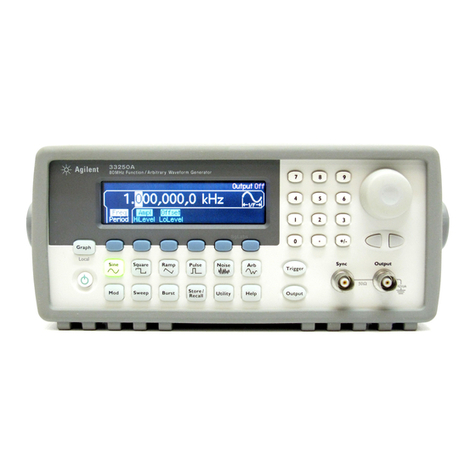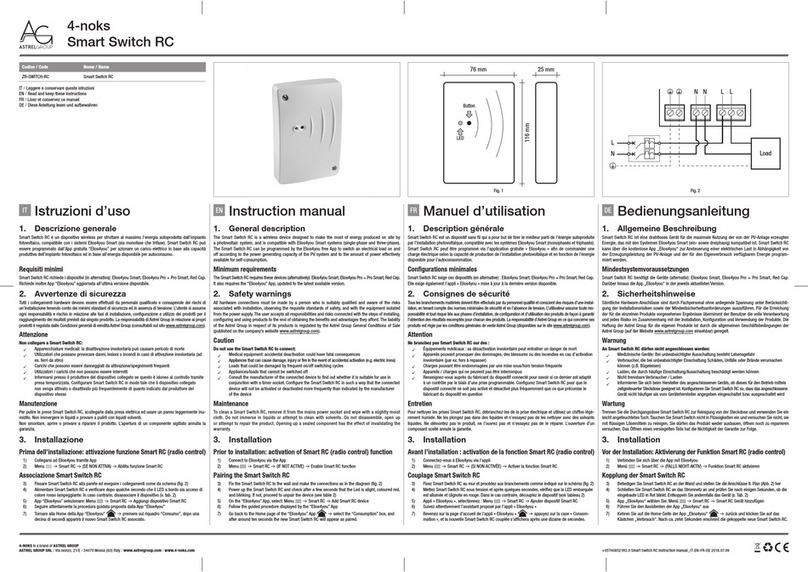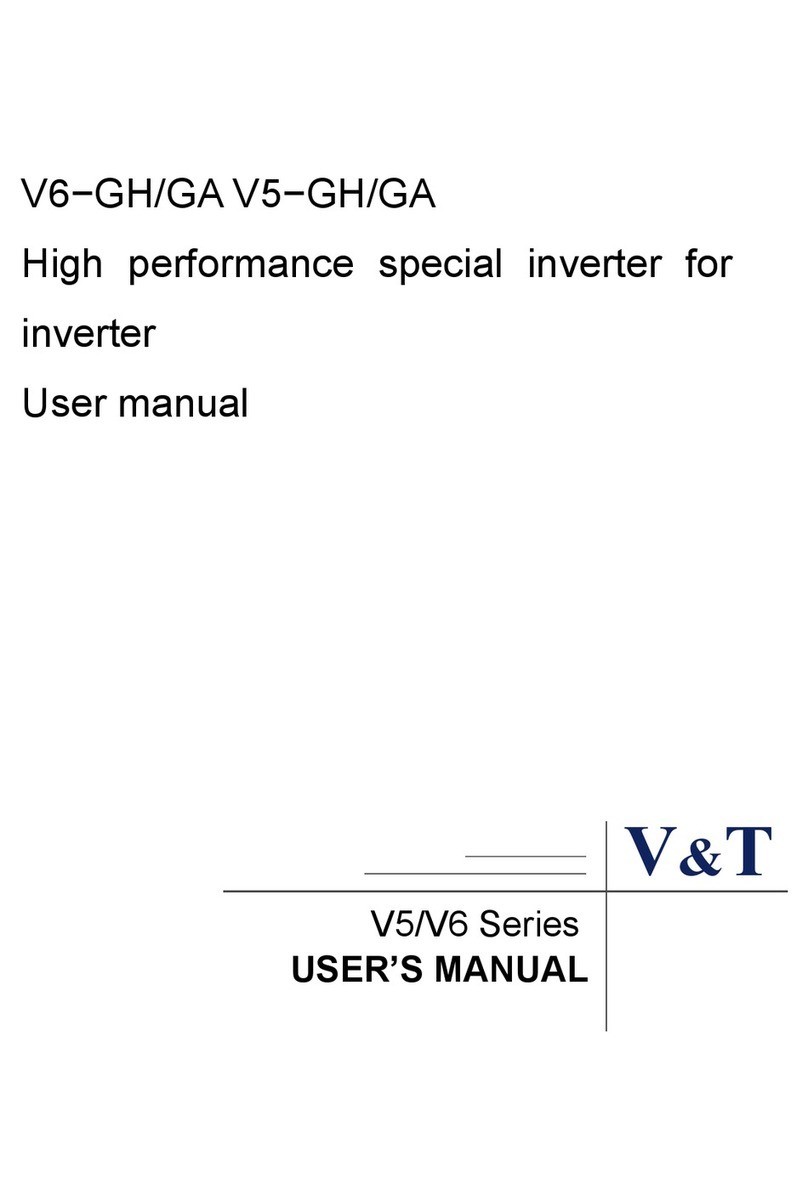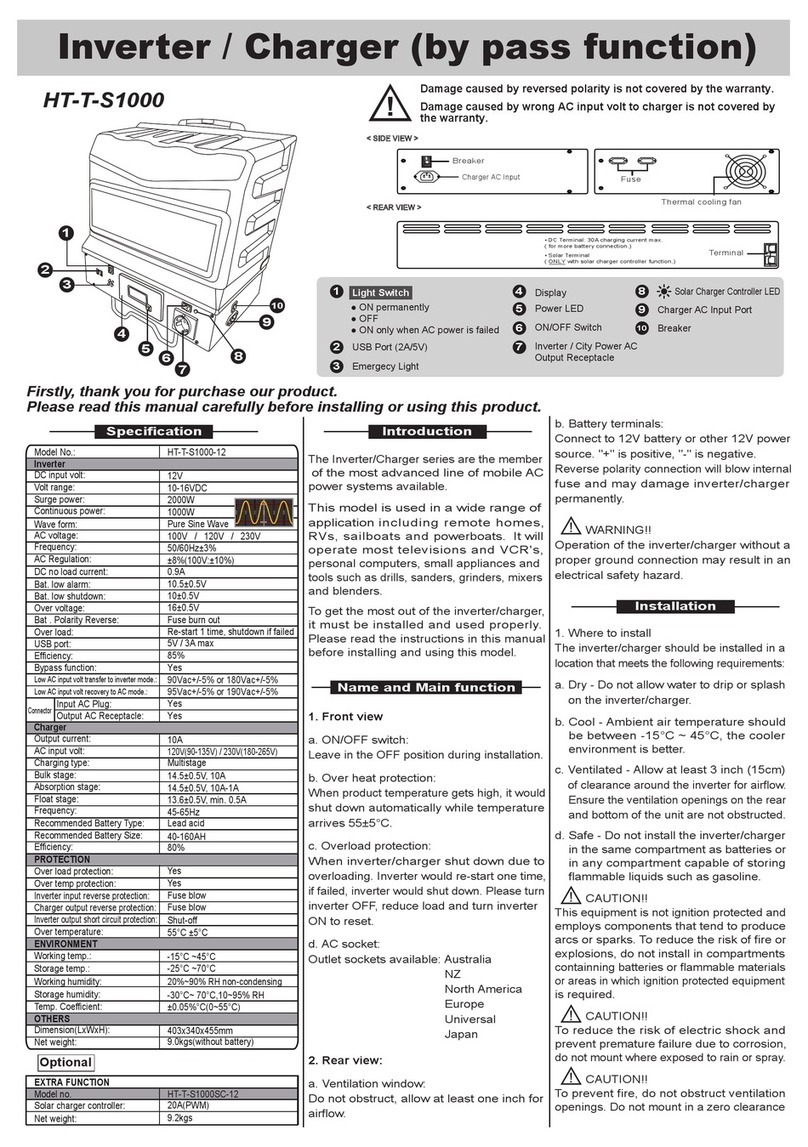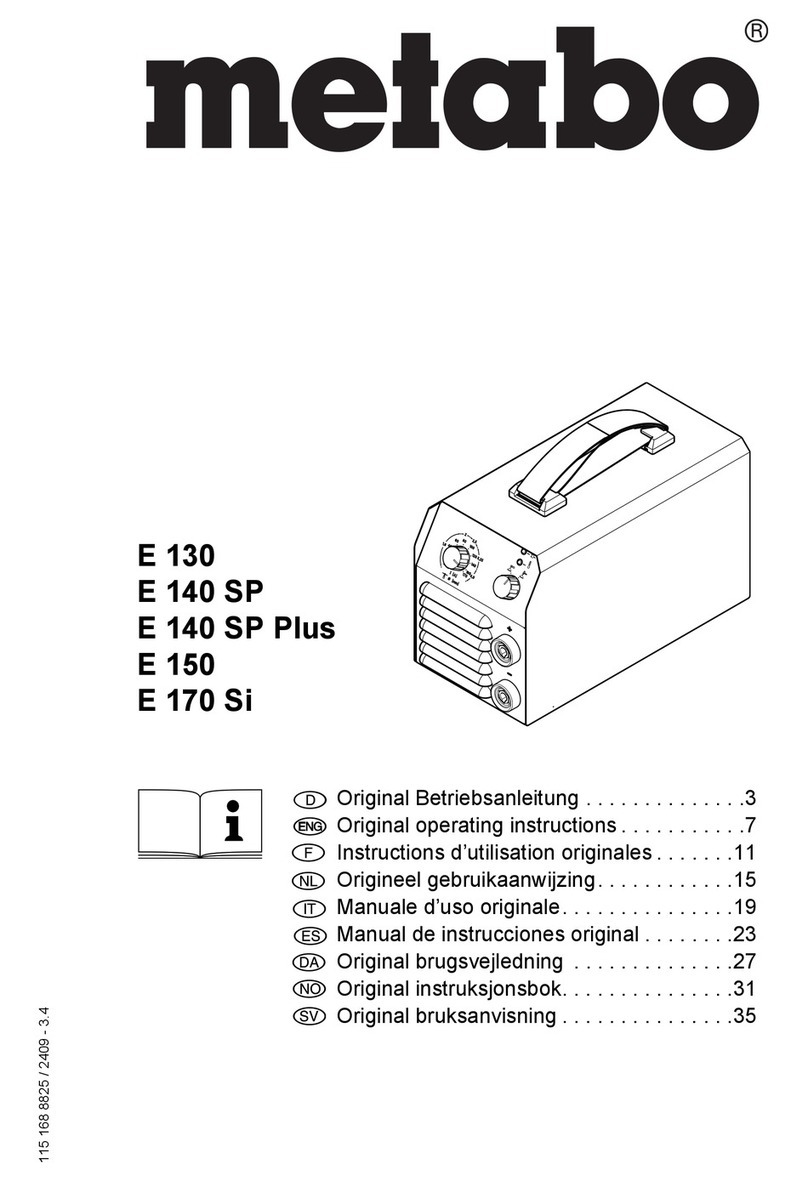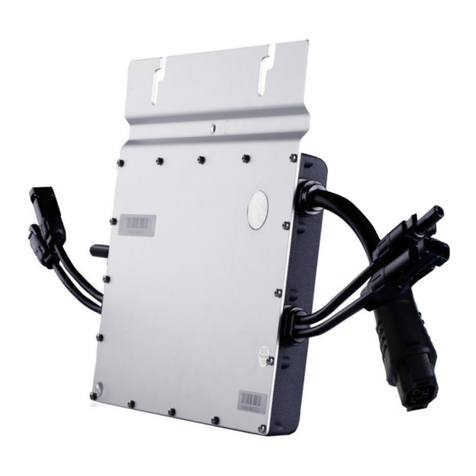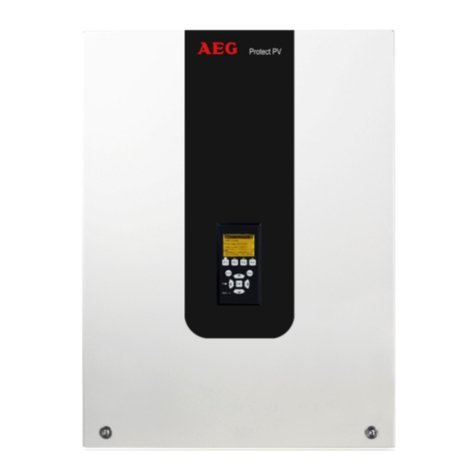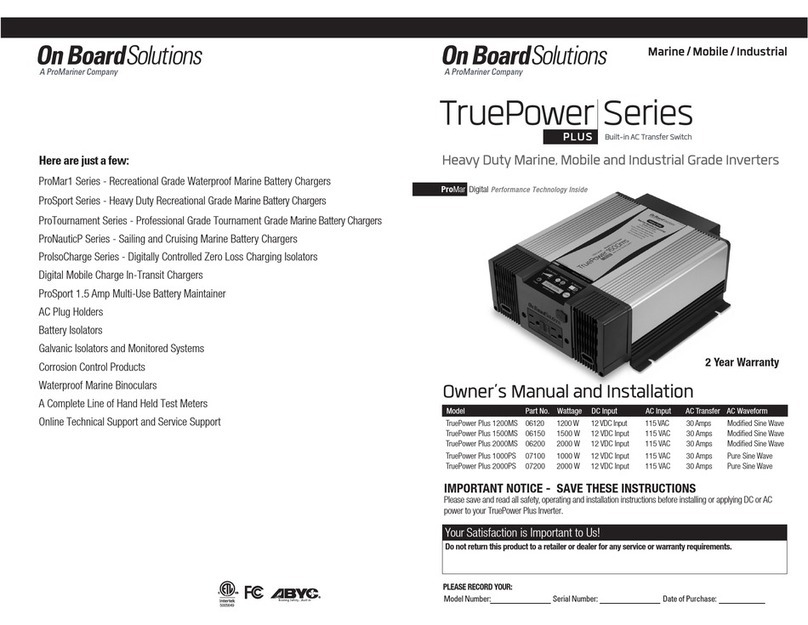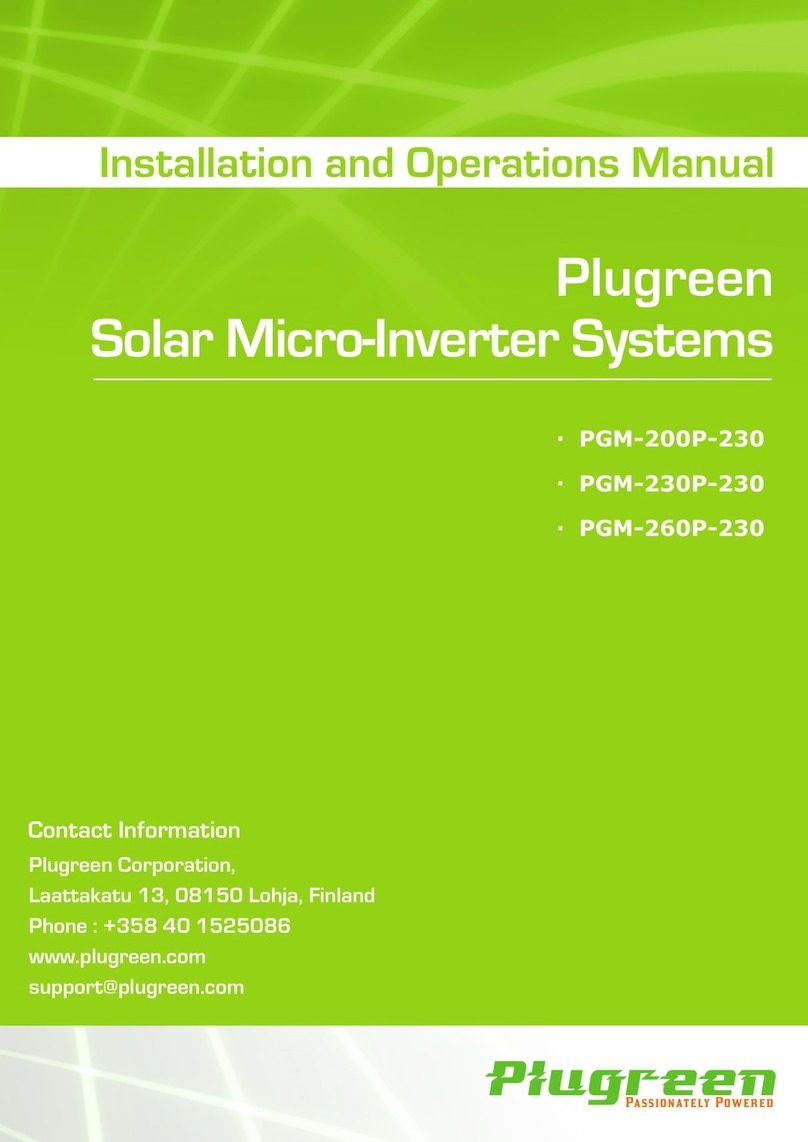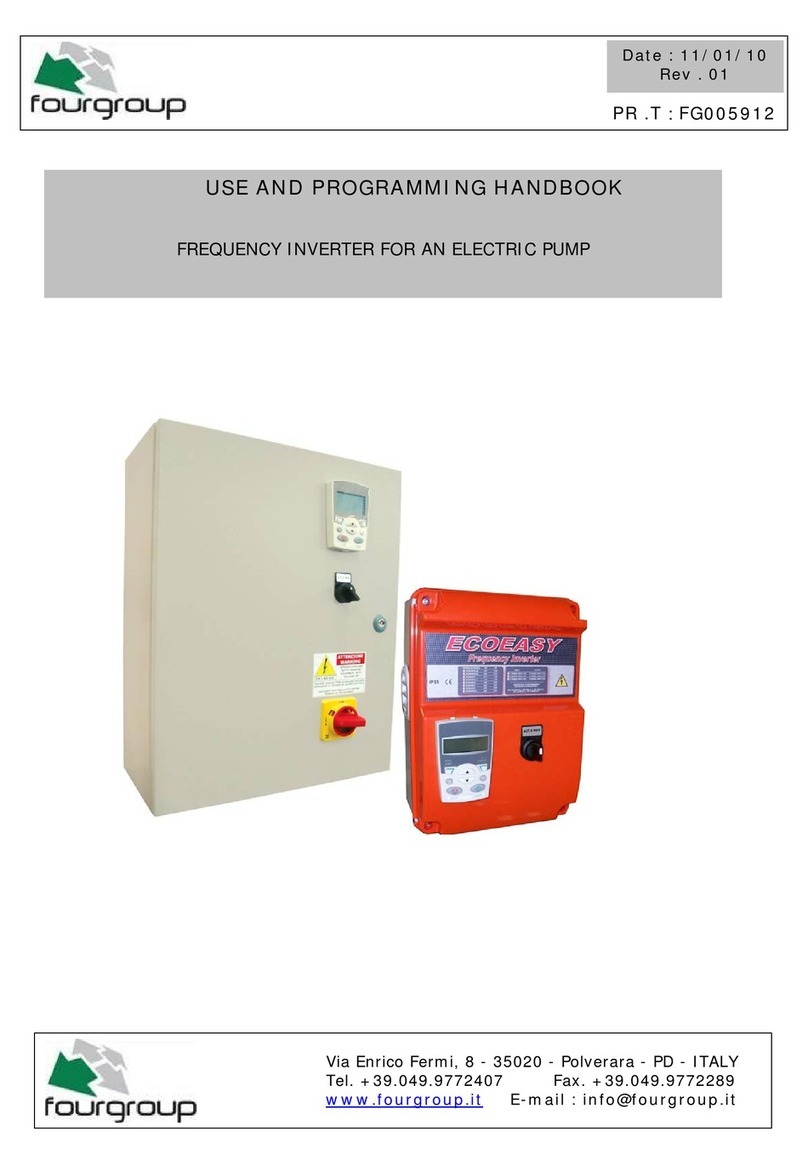
Table of Contents
i www.sinetech.co.za
Table of Contents
1. Introduction ...........................................................................................1
2. Important Safety Warning.....................................................................2
3. Unpacking & Overview...........................................................................4
3-1. Packing List........................................................................................ 4
3-2. Product Overview ............................................................................... 4
4. Installation.............................................................................................5
4-1. Selecting Mounting Location................................................................ 5
4-2. Mounting Unit .................................................................................... 5
5. Grid (Utility) Connection........................................................................7
5-1. Preparation ........................................................................................ 7
5-2. Connecting to the AC Utility ................................................................ 7
6. PV Module (DC) Connection...................................................................9
7. Battery Connection ..............................................................................11
8. Load (AC Output) Connection ..............................................................13
9. Communication ....................................................................................14
10. Commissioning...................................................................................15
11. Initial Setup .......................................................................................16
12. Operation ...........................................................................................31
12-1. Interface ........................................................................................ 31
12-2. LCD Information Define .................................................................. 31
12-3. Button Definition ............................................................................ 33
12-4 Query Menu Operation..................................................................... 33
12-5. Operation Mode & Display............................................................... 38
13. Charging Management.......................................................................44
14. Applications with Energy Meter .........................................................46
15. Maintenance & Cleaning ....................................................................47
16. Trouble Shooting................................................................................48
16-1. Warning List................................................................................... 48
16-2. Fault Reference Codes .................................................................... 49
17. Specifications .....................................................................................54
18. Limited Product Warranty..................................................................56
